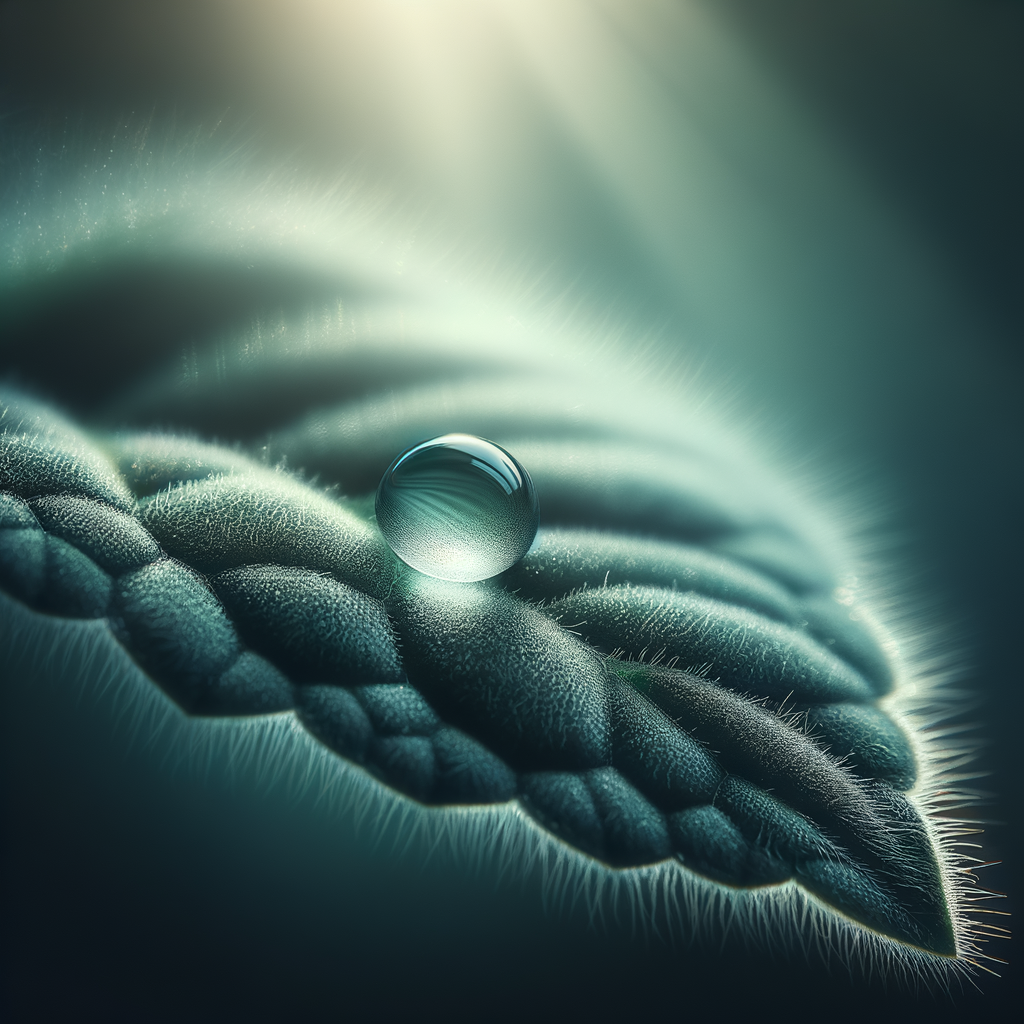
Macro photography is an amazing genre that allows us to peek into a world hidden from most people's eyes. This form of art can open doors to new, astonishing views and details that we typically overlook in everyday life. If you have ever wondered how to capture the beauty of nature or small objects, then this article is for you.
Macro photography opens up numerous opportunities for creativity and experimentation. With each captured drop of dew or flower, new aspects of visual art emerge. Let’s explore the essential components that will help you master this exciting genre.
Equipment for Macro Photography
The first step in mastering macro photography is choosing the right equipment. While macro shots can be taken with various devices, including smartphones, specialized gear will yield the best results.
1. Macro Lenses: One of the most important aspects is choosing a lens. Dedicated macro lenses allow you to capture detailed images as they can focus on very close objects.
2. Extension Tubes: If you already own a standard lens, extension tubes can be used. They increase the distance between the lens and the camera sensor, allowing for closer shots.
3. Stabilization: Since macro photography involves shooting at very close range, even the slightest movement can result in blurry images. It is advisable to use a tripod or monopod for stability.
4. Light: Lighting plays a key role in macro photography. Use light sources that enhance the textures and colors in your shots. Flash and LED lights can be excellent companions.
Macro Photography Techniques
Once you have determined the equipment, it is time to explore various macro photography techniques.
1. Focusing: In macro photography, precise focusing is crucial. Use manual focus for greater accuracy as autofocus may complicate shooting.
2. Depth of Field: Depth of field is very shallow in macro shots. You can use focus stacking, taking several images with different focal points and combining them in post-processing.
3. Compose Elements: Use composition to create interesting frames. For example, position objects according to the rules of thirds or using leading lines.
4. Experiment with Lighting: Don’t be afraid to play with highlights and shadows. This will add drama and depth to your images.
Post-processing Photographs
Post-processing is a vital step in macro photography that helps enhance the color, contrast, and detail of your shots.
1. Color Correction: Adjust colors and brightness to ensure your images look as natural and appealing as possible.
2. Noise Reduction: Limit noise in images using special programs or filters.
3. Crop and Compose: Pay attention to cropping so that the viewer's focus is on the main subject.
Conclusion
Macro photography is not only an engaging hobby but also an opportunity to express yourself through art. Practice, experiment with different techniques, and don’t hesitate to unleash your imagination.


